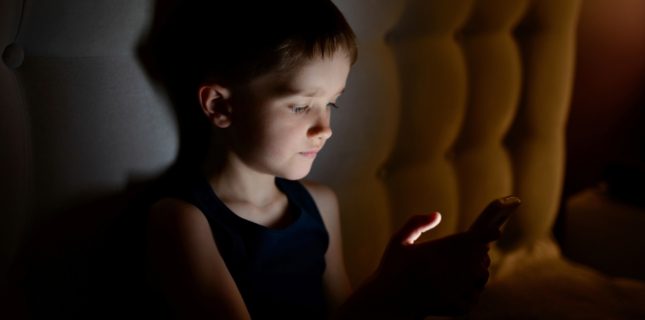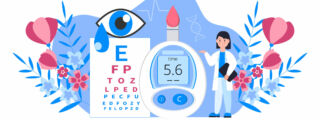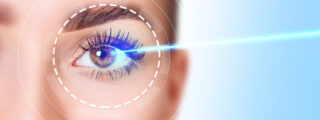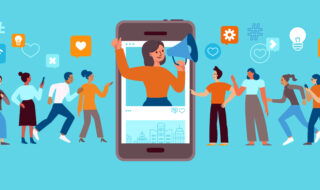
Sleep and Blue Light
Using digital devices at bedtime is a hot topic, and one you need to help patients understand. Here we share the latest info on the connection between blue light and sleep…or the lack thereof. While this high-energy light is important for cognitive functions like memory, regulating emotions, and increasing alertness, it can definitely disrupt sleep patterns by decreasing the release of melatonin, thereby increasing alertness. In other words, overexposure to blue light can cause the body to want to stay awake when it should be sleeping. As explained by the National Center for Biotechnology Information, blue wavelengths suppress sleep-inducing delta brainwaves and boost alertness-creating alpha wavelengths. You likely already understand this, but most patients don’t. To help, here’s a look at the positives and negatives of blue light, plus a few tips to share.
Tip: Short-wavelength light can be applied in different circumstances where you actually want to shift the clock.
NEGATIVES
– CLOCK. Harvard University neuroscientist Anne-Marie Chang explains, “Light in the early evening causes a circadian delay, or resets the clock to a later schedule; and light in the early morning causes a circadian advancement, or resets the clock to an earlier schedule.”
– LEVELS. According to the Endocrine Society, in comparison to dim light, nighttime exposure to room light suppresses melatonin by around 85 percent.
– YAWN. “We found that after an eight-hour sleep episode, those who read on a light-emitting device were sleepier and took longer to wake up,” Dr. Chang tells Harvard Health.
– ORGANS. Sleep isn’t all that’s affected, reports Scientific American. “Recent studies have shown that shifts in this clock can have devastating health effects because it controls not only our wakefulness but also individual clocks that dictate function in the body’s organs.”
POSITIVES
+ REALIGNMENT. “Short-wavelength light can be applied in different circumstances where you actually want to shift the clock,” says Dr Chang. “For example, it could help in the mornings when we need to be at peak alertness, with jet lag, and for shift workers.”
+ THERAPY. As Thomas Jefferson University neuroscientist George Brainard tells Scientific American, “Light therapy has been shown to be effective in treating several other conditions, including depression, sleep disorders, eating disorders, and age-related dementia.”
TIPS
- DARK. Reverse the print on devices so that pages are dark and text is light.
- FILTER. Look for apps mimicking Apple’s mobile Night Shift feature that automatically shifts display color to the warmer or redder end of the spectrum from sunset until morning.
- AVOIDANCE. “Avoid exposure to blue light 30 to 60 minutes prior to bed,” says Dr. Robert Oexman, director of the Sleep to Live Institute.
- LIGHTING. Andrew Simon, N.D., from Bastyr Center for Natural Health, suggests switching overhead lights to full spectrum ones and using smart home-tech solutions to dim lights gradually or at a set time.
What suggestions do you share with patients? Tell us and share in the Facebook conversation here.
Comments are closed.









